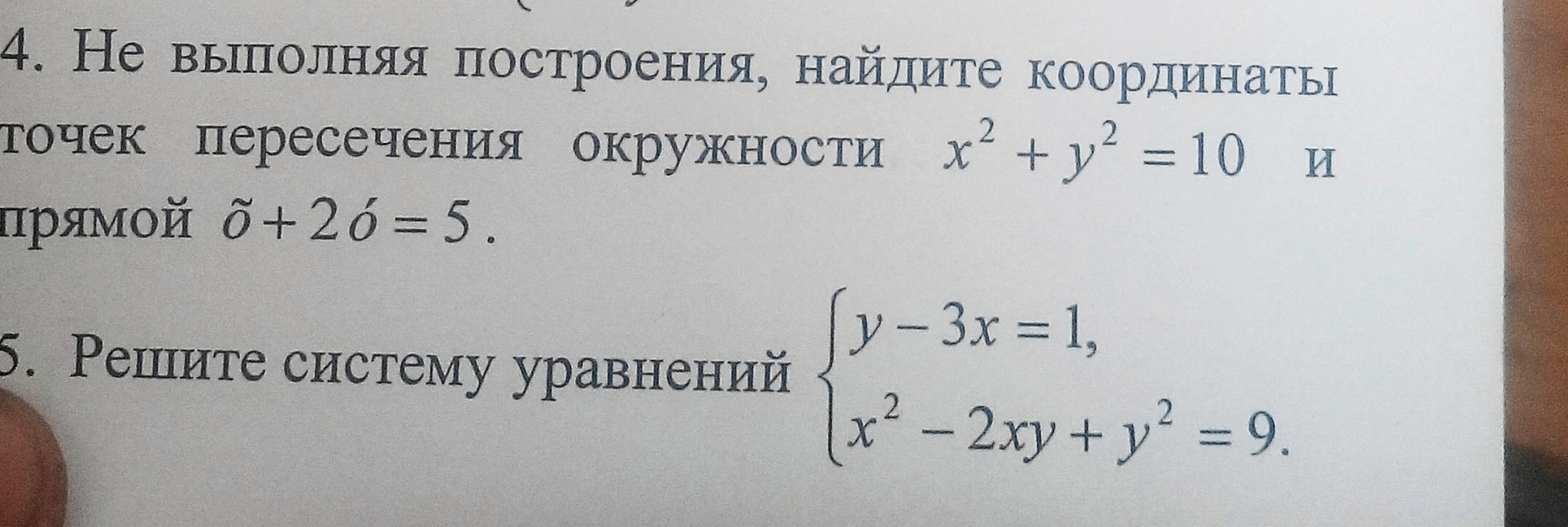Предмет: Математика,
автор: vika52140
решение 5 задачи и 4 задачи,пожалуйста
Приложения:

Ответы
Автор ответа:
0
Простая система, стоит сесть и разобраться
Приложения:

Похожие вопросы
Предмет: ОБЖ,
автор: maxim29012005
Предмет: Геометрия,
автор: Vitalik8896
Предмет: Английский язык,
автор: suummuradimova
Предмет: Биология,
автор: kirillganaga
Предмет: Алгебра,
автор: МАТА1111